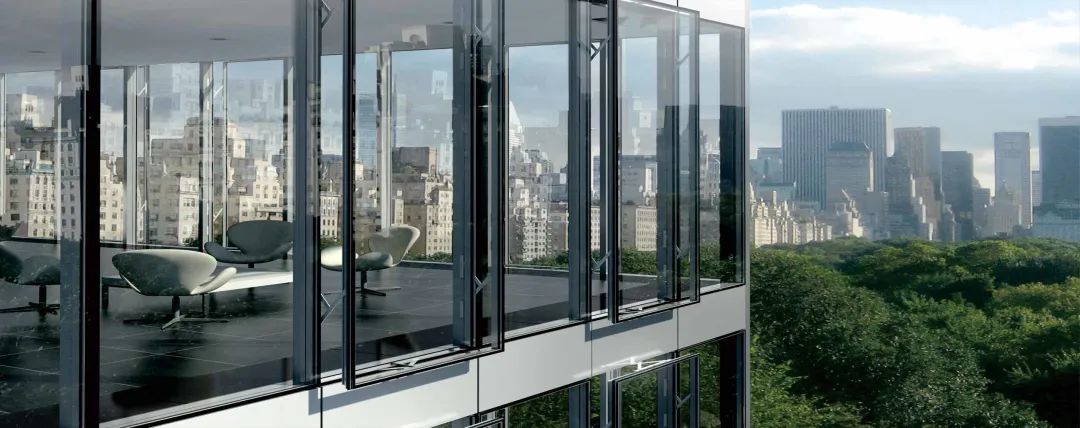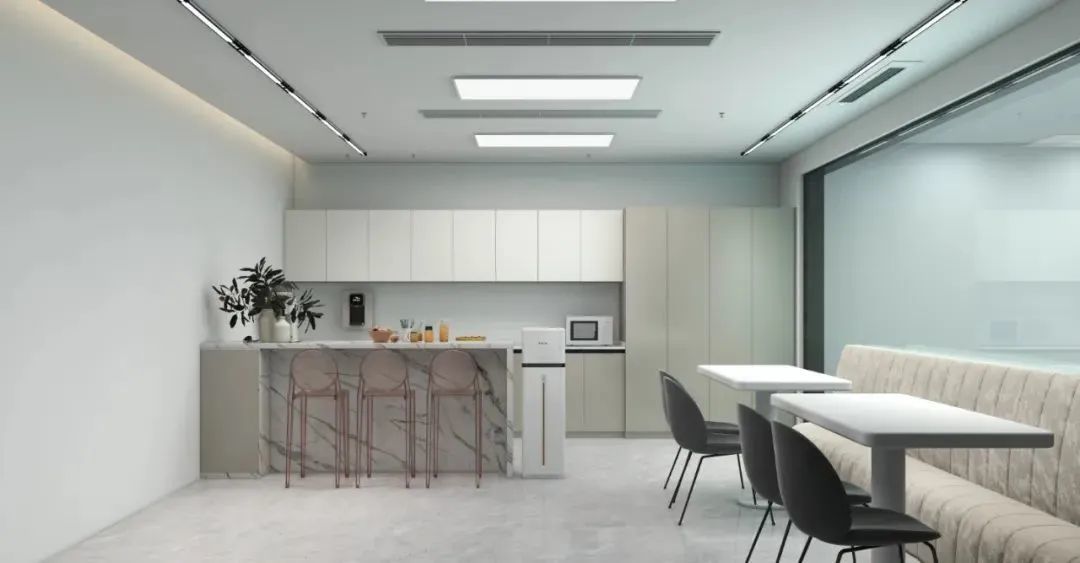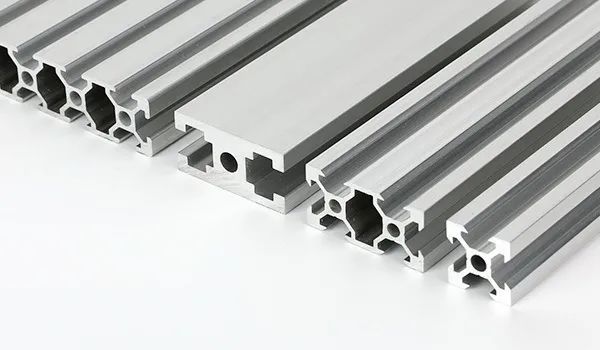Technology and Application of Powder Coating for Architectural Aluminum Profile
Release time:
2022-07-08
Aluminum profiles have the characteristics of low density, light weight, strong processability and plasticity, and are widely used in the fields of construction, home decoration and decoration. Since 2006, China has surpassed the United States to become the world's largest aluminum profile production and sales country.
aluminum profile has the characteristics of low density, light weight, strong workability and plasticity, and is widely used in the fields of construction, home decoration and decoration. Since 2006, China has surpassed the United States to become the world's largest aluminum profile production and sales country.
Although aluminum profiles can form a dense Al2O3 oxide film in the air and have good self-healing properties, the oxide film is very thin and the protection of the aluminum profile is limited, which will affect the service life and appearance of the profile. Therefore, the aluminum profile needs a certain surface protection treatment: on the one hand, it can improve the wear resistance and corrosion resistance of the aluminum profile, and extend the service life. On the other hand, they can improve a small amount of surface defects caused by aluminum profiles during processing, and provide a variety of rich surface decoration effects, and improve the aesthetics of the profiles.
At present, the surface treatment methods of aluminum profiles mainly include anodizing, electrophoretic coating and powder coating. These three treatment methods have their own advantages and characteristics, and each has a considerable market share in the market. Anodizing is a method of forming an oxide film on the surface of aluminum profiles using the principle of electrolytic oxidation. The oxide film prepared by this method has high wear resistance, good heat insulation and corrosion resistance, and can meet the requirements of use in continental climate environments. Typical sulfuric acid anodizing processes include: mechanical pretreatment, chemical pretreatment, anodizing, coloring, and sealing.
The electrophoretic coating process is basically the same as the anodizing process. The difference is that the electrophoretic coating process replaces the sealing process with the electrophoretic coating process after the anodizing coloring process, thereby further improving the weather resistance and corrosion resistance of the film, which can meet the coastal requirements or the use requirements in harsh weather environments as offshore. Powder coating is a coating method that uses the principle of corona discharge to make the atomized coating negatively charged under the action of high voltage DC electric field and adsorb on the surface of the positively charged substrate for discharge.
Coatings that can make the coated material produce temperature adjustment effect under sunlight are called reflective coatings. High reflectivity energy-saving powder has excellent weather resistance and good near-infrared reflection characteristics, suitable for outdoor building applications, especially the need to strengthen the sunlight or near-infrared reflection of the occasion, such as the building's exterior walls, roofs, doors and windows and large curtain wall veneer.
Introduce polymer perfluoropolyether and active nano Al2O3 particles into the coating structure. The FC bond of perfluoropolyether, with its very low surface energy and the small size effect of the active nanoparticles, exhibits extraordinary ambiphobicity on the surface of the coating. Therefore, this powder can ensure that the coating surface is as clean as new. Powder coatings are usually used in curtain wall products, and when combined with self-cleaning glass, it can achieve the overall no-cleaning function.
Contact Information
Customer Service Tel: +86-539-7177878
Mailbox: kemet@sdkemet.com
Zip Code: 273400
Address: Linyi City, Shandong Province
Copyright©2023 Kemet New Materials Technology Co., Ltd. All Rights Reserved





